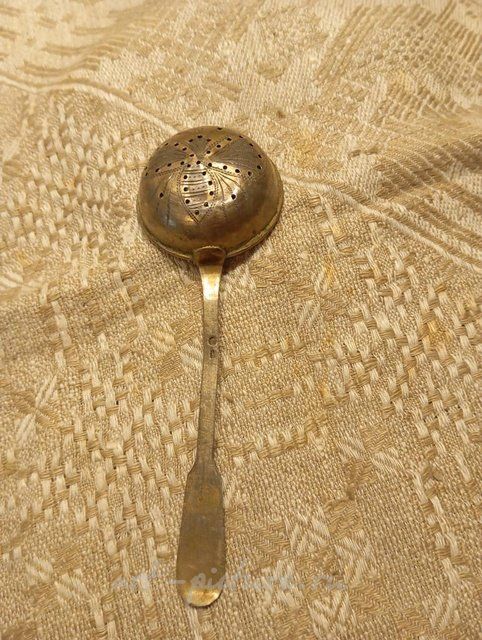Anton Michelsen (поставщик Датского королевского двора)Прославленный датский ювелир Антон Михельсен (Anton Michelsen) (1809 - 1877) родился в Оденсе (Odense), Дания, где и основал одну из самых знаменательных датских ювелирных династий.В 1830 году, после завершения обучения в Оденсе, он переехал в Копенгаген, где в течение следующих одиннадцати лет работал на различных молодых, но популярных ювелирных мастеров.Антон открыл свой первый магазин в Дании в 1841 году, обучаясь и проработав подмастерьем у Йоргена Бальтасара Далхоффа (Jørgen Balthasar Dalhoff) с 1834 по 35 года, одновременно посещая курсы в Королевской датской академии изящных искусств. При содействии Далхоффа Михельсен получил стипендию Reisersen Foundation. Позднее, как успешно проявивший себя студент, он отправляется в Берлин, где к концу 1830-х годов работает в нескольких известных мастерских того времени, включая мастерскую Mention & Wagner (в те годы крупного и модного серебряных и золотых дел мастера Wagnera, работы которого высоко примечались буржуазией и сиятельными заказчиками из королевских домов Европы, что позволяло фирме держать основной магазин в Париже, успешно конкурируя с французскими мастерами). Работая у Mention & Wagner Антон изучает эмалирование, моделирование, исторические стили, вкусы и моду изделий из серебра того времени.По возвращении в Данию в 1840 году, успешно подтверждает свою квалификацию на звание серебряных дел матера, получив в 1841 году лицензию на торговлю, а накопленные деньги и приданное жены позволяет открыть собственную мастерскую в городе Гозерсгаде (Gothersgade). Успех приходит сравнительно быстро, к 1848 году он официально назначен поставщиком Королевского датского капитула орденов, но, по сути, проектирует и изготавливает ордена с изысканными эмалями для датской королевской семьи уже с начала 1840- х. Удивительно, но в 1855 году он является единственным датским серебряных дел мастером, который выставлялся на Всемирной выставке в Париже и получаят серебряную медаль выставки. По мере признания его работ, Михельсен становится также ведущим мастером и на датских выставках. На «Северной выставке» (Nordic Exhibition) в 1872 году всем очевидно, что мастерство и дизайн Михельсена становиться одними из лучших в Дании.В течение четырех поколений компания производила ювелирные изделия высокого качества. Близость к датскому королевскому двору, как официального поставщика, давало возможность династии Антона Михельсена создавать впечатляющее, изысканное столовое серебро, следуя лучшим европейским традициям качества, но неизменно сохраняя и популяризируя скандинавский колорит в исполнении этих работ. В эти годы он изготавливает большую часть повседневного столового серебра и украшений стола королевской семье (более тысячи единиц для парадного сервиза на 80 персон). Некоторые из этих предметов были предоставлены Музею Амалиенборг (Amalienborg Museum). Работы из серебра мастерской Антона Михельсена (ныне входящей в состав фирмы Georg Jensen) сохраняют высокое качество исполнения и в XXI веке, неизменно разнообразный, но сдержанный скандинавский дизайн, продолжают оставаться желанными и престижными подарками.Michelsen оказал значительное влияние на датский ювелирный дизайн как в XIX веке, так и в начале XX века. Работая в «старом» скандинавском стиле в конце XIX века, отличавшимся модным тогда «массивным» стилем позднего барокко, и декоративными элементами рококо, уже в начале XX восприняв тенденции и стилистику Модерна, перенес на свои изделия своеобразие трактовки в скандинавском ее выражении.

